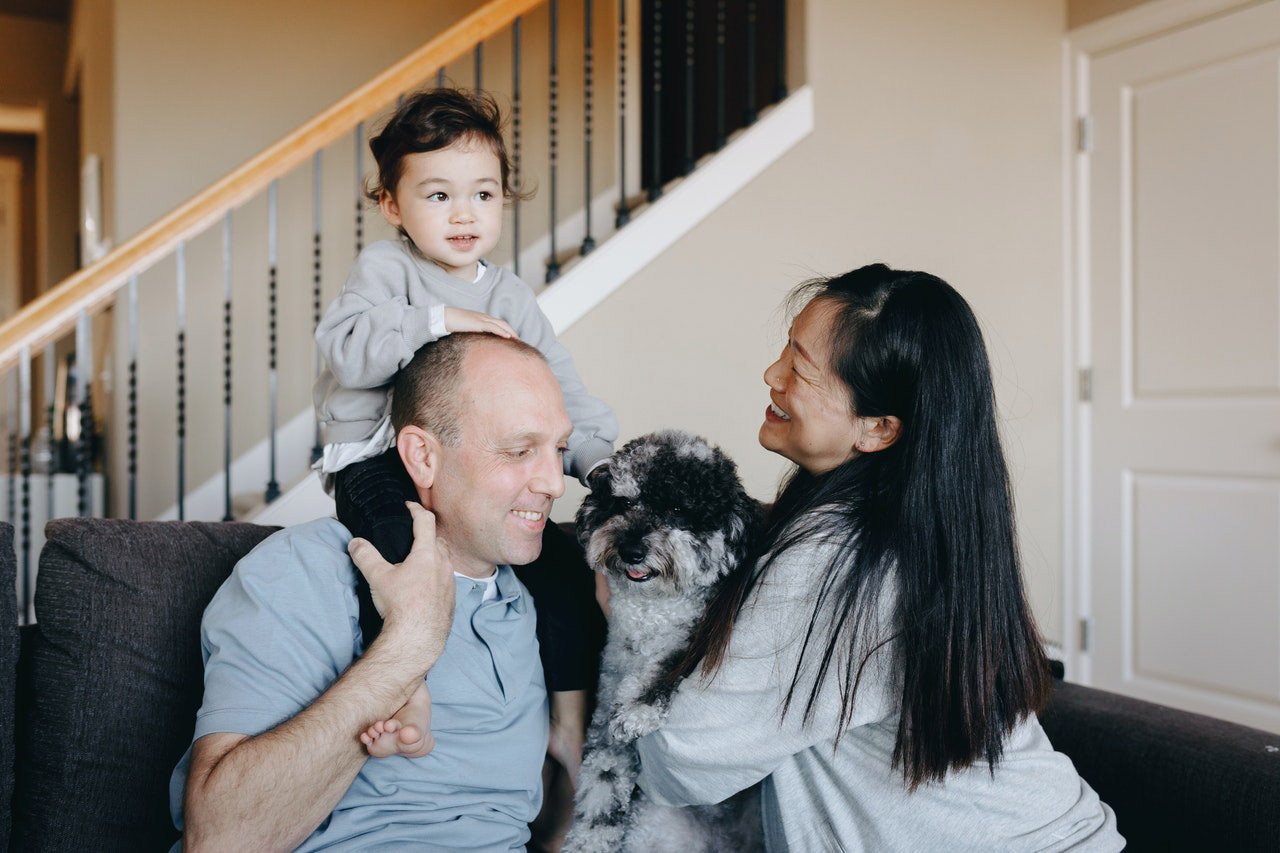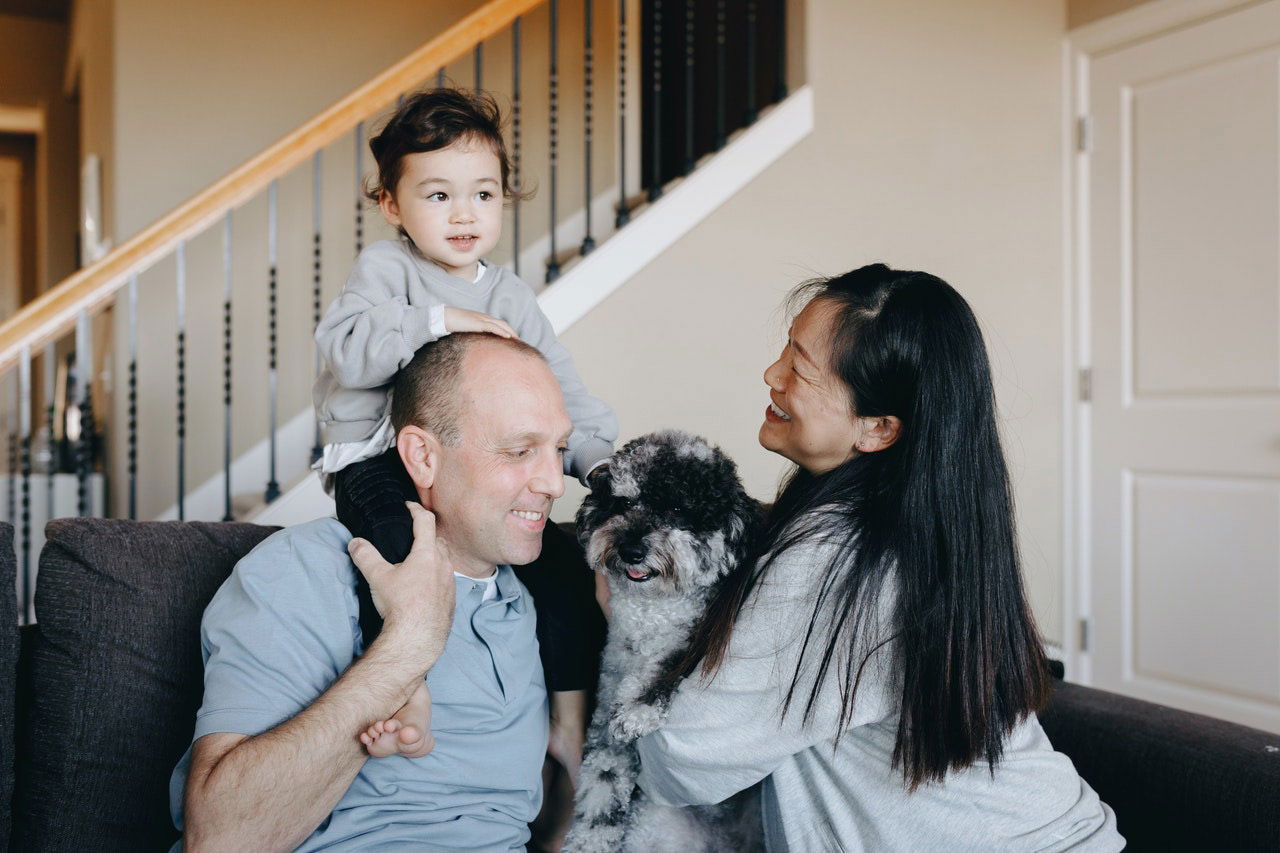

All in the family: The modern ‘multispecies’ household meshes pet/people dynamics
After generations of evolving from large agrarian families to nuclear families and then morphing into single-parent families and no-parent families (married or unmarried), behold the modern “multispecies” family.
The current status of our beloved dogs and cats has ushered in a new type of household unit comprised of tightly-knit human and nonhuman members. We see evidence of this in legislation allowing divorce courts to consider custody of the family pet and millennial home buyers with pets who pass on a home unsuitable for their dog. Community demands that rescue missions for pets occur before the demolition of a home or neighborhood touched by tragedy.
The key reason we drifted toward the modern multispecies family is that households, over the generations, could concentrate less on surviving and more on thriving and self-happiness — and our pets came along for the ride. This state has begot “Dog Moms” and “parents” with furry, four-legged “children” — each with clearly defined roles as “family members.”
GET THE BARK NEWSLETTER IN YOUR INBOX!
Sign up and get the answers to your questions.
By 2018, almost 61% of U.S. households owned pets, with dogs and cats topping the popularity list. Research from The American Veterinary Medical Association confirms our boundless bonds: 85% of dog owners and 76% of cat owners include their furry companions in the family fold. And, in the midst of a global pandemic, American spending on these family members in 2020 topped $103 billion – a $6 billion increase over spending in 2019.
But it isn’t just statistics and anecdotal news stories that support the idea that American pet owners are transforming what we think of when we think of family.
I am an SMU Dallas sociologist studying the evolving multispecies family. My recent book, Just Like Family: How the Companion Animal Joined the Household, examines how the multispecies family has arisen in the United States as a unique family structure since the Industrial Revolution.
Following 100 hours of observations in a veterinary clinic, 35 interviews of pet owners, and an analysis of almost 90 print advertisements, it’s no stretch to conclude pets are more than generic “family members.” In my discipline, researchers talk of identities that we each hold, positions in society that are defined by our culture, and that require particular kinds of behavior. For the family, these might be “mom,” “dad,” “grandmother,” “brother,” or “sister.” The presence of these kinds of identities, together with the expected behaviors, tells us we are witnessing a real, culturally accepted family in action.
For almost all of the pet-owning people that I’ve met, some variation of these very specific familial identities was present. Of course, what identities were present depended on the kind of family being researched. For people who choose not to have human children, stories about the dog and cat often sounded like what you might hear from a parent discussing their child in the U.S. “I don’t spend enough time with my dog, so I am trying to change my schedule so that she has that time with me.” Similar for people who are unable to have human children – “Reading a story to my dog is something that she looks forward to every night!” And “grandparents” get in on the action too – with activities like “baby” sitting, financial support for expensive veterinary procedures, and sharing pictures of the grand cat with friends.
People with children under 18 referenced dogs and cats as “babies,” took very good care of their animals, and clearly thought of the dog and cat as family members – supporting all of the statistics and news stories above. But specific familial identities related to the companion animal ultimately rested with the kids. “Siblings” and “best friends” rose to the top in my data. From the “only” child growing up alone who needed a sibling to play with to the hesitant reader who read books out loud to his dog, parents confirmed these family members played indispensable roles in the lives of their children.
How did we get here? Other sociologists have argued that having the dog and cat move from worker for the family in the 1800s to entertaining pet in the 1900s to family members in the 21st century was a combination of things. Societal guilt over the ill-treatment of animals throughout the Industrial Revolution was part of this. Doting over the family cat made us feel better about our past. Scholars have also argued that the 1970’s realization that animals, dogs, and cats especially, had personalities and feelings caused Americans to elevate them to members of the family.
I argue that a crucial and overlooked element for the evolution of the American multispecies family had to do with the societal movement from survival to a focus on self-happiness. Before the industrial revolution, people were focused on staying alive – married parents had children to help provide for the family. But the industrial revolution brought higher standards of living for people, lower death rates and longer lives, and the need for fewer children. By the 1970s, the focus had changed to self-happiness, and greater diversity in types of the family arose. Childfree families, single-parent families, declining marriage rates, and increasing divorce rates became more prominent.
The multispecies family is part and parcel of this increasing family diversity in the United States. Childfree families, a family type that has grown dramatically in the past fifty years, the question of whether or not a human child might make them happy has been asked and answered. For many, dogs and cats have instead stepped into the role of “nurtured.” Grandparents, for their part, might shift over to spoiling the grand cat as their daughters and sons choose instead to pursue lucrative careers. And parents with human children today recognize that happiness and self-esteem are both paramount in raising healthy, happy adults – the sibling dog is a perfect relationship for fostering these goals.
So, where do we go from here? Does the multispecies family continue evolving in the U.S.? Is anchoring the cats in a seatbelt and placing the dog for a walk in a stroller just a societal phase? All indicators point to a resounding “No.” When changes in who can be treated as a child, sibling, or grandchild, for example, occur across enough families, the broader cultural and institutional landscapes gradually shift to accommodate those new ideas.
The evidence is all around us. Advertisements that depict dog owners as concerned parents. Legislation that ensures first responders remove pets right alongside owners during a natural disaster. COVID-19 is a fantastic example of how we know the multispecies family will only strengthen going forward. Faced with the post-pandemic return to work and school, people are increasingly worried about how their absence will impact furry family members who have spent the past 15 months basking in their humans’ attention. Gen Zers and Millennials in particular are poised to leave their jobs out of concern for their multispecies family. And, increasingly, employers who are struggling to retain and recruit employees are listening by offering more flexibility to work-from-home or bring pets into the office. The push for recognition of the unique needs of this family structure is mounting across a variety of institutions.
The multispecies family is here to stay.